May 16, 2025 | 10:01 GMT +7
May 16, 2025 | 10:01 GMT +7
Hotline: 0913.378.918
May 16, 2025 | 10:01 GMT +7
Hotline: 0913.378.918

Cat Ba - A UNESCO World Natural Heritage Site. Photo: Hai Nam.
Carbon credits have traditionally been created through offset projects such as reforestation, soil carbon sequestration via regenerative agricultural practices, deforestation prevention, and direct air capture. These methods have become increasingly popular and widely recognized. However, there is a new, emerging method for generating carbon credits that is still in its infancy but is quickly gaining attention: Blue carbon.
Modern economists have coined the phrase, "Blue carbon has captured the hearts and wallets of the carbon credit market". Oceans, in particular, represent a vast and largely untapped resource for carbon storage. Among these ecosystems, mangrove forests stand out for their extraordinary potential. They are capable of sequestering carbon at rates that are four to ten times higher than tropical rainforests.
These figures have excited both environmental activists and investors, but there is still a significant gap in funding for Blue Carbon projects. According to Theisen (CEO of EcoAct North America, USA), only 3% of total climate investments are directed toward nature-based solutions, and blue carbon projects receive only a small portion of that amount. However, blue carbon project developers, such as the nonprofit organization The Ocean Foundation, are starting to receive many inquiries about how to invest in these types of programs.
Ben Scheelk, a program officer at The Ocean Foundation, stated that blue carbon has generated a lot of excitement among financial professionals because they see a business opportunity.
However, he went on to explain that the interest in blue carbon goes beyond just the figures. Scheelk emphasized that a more comprehensive understanding of the various ecosystem services and co-benefits that coastal habitats provide extends well beyond carbon sequestration. This is not only about mitigating climate change. It's also about adaptation.
Therefore, here are some key things that companies need to know about Blue Carbon projects and offsets as this emerging market for this new type of credit begins to take off.
When a company begins to invest in a carbon project - whether it’s a Blue Carbon project or another type of carbon offset - the primary concern is always where the money will be directed: How can we help sequester more carbon? For land-based projects, the answer is relatively simple: plant or protect trees that absorb carbon dioxide from the atmosphere through photosynthesis.
However, the situation becomes much more complicated when it comes to blue carbon sequestration, due to the additional and often more complex challenges. One of the biggest issues is that coastal ecosystems, such as mangrove forests, are disappearing at an alarming rate. As a result, funding the restoration and protection of these vital ecosystems through carbon credits is seen as an important part of the solution.
Yet, the focus of restoring these coastal ecosystems is not simply on planting new vegetation or reforesting areas, as it might be in land-based projects. The key challenge lies in addressing the broader issues of infrastructure and development that have already negatively impacted or polluted coastal waters.
Many coastal wetlands have been severely degraded due to development activities. Roads have been constructed through these wetlands, cutting off the natural flow of water and creating barriers that prevent water from reaching the vegetation that depends on it.
Cleaning drainage systems to restore water flow, removing agricultural runoff and pollutants that have contaminated both water and soil, and addressing the rapid expansion of shrimp farming that has overtaken vast stretches of coastline - all of these factors contribute to the increased costs of implementing blue carbon projects.
Greater attention needs to be given to the knowledge and institutional frameworks that facilitate future Blue Carbon projects. Strengthening these frameworks will not only drive the success of such initiatives but also encourage and attract both communities and businesses to invest in this sector.

The conservation of mangrove forests and green energy is a top priority for Vietnam. Photo: Le Hoang Vu.
Vietnam is home to approximately 200.000 hectares of mangrove forests, placing the country among the top nations globally in terms of mangrove forest area.
The coastal ecosystems of Vietnam are also incredibly diverse, with a coastline stretching about 3.260 kilometers, running through 28 provinces and cities from Mong Cai in Quang Ninh province to Ca Mau in the south. Several large and ecologically significant mangrove forests in Vietnam stand out for their potential. Notable large mangrove forests include: the Can Gio mangrove forest in Ho Chi Minh City, the Ru Cha mangrove forest in Thua Thien-Hue province, the pristine Tam Giang mangrove forest in Quang Nam province, and the mangrove forests in Ca Mau province.
Of particular importance is the Can Gio mangrove forest, which spans approximately 37.000 hectares. This area is not only a hotspot of biodiversity but also possesses significant potential for carbon storage.
With 200.000 hectares of mangrove forests, Vietnam is home to a vast carbon reserve. However, beyond carbon storage, the co-benefits of blue carbon extend far beyond those provided by traditional forestry. Coastal ecosystems, not only sequester carbon but also boast much higher biodiversity and provide critical protection against storms, reducing damage to property and preventing coastal erosion.
As more and more blue carbon projects emerge, including kelp forests and seaweed farming, new methods and approaches will continue to develop. As a result, corporations that are researching and investing in these types of carbon offsets will need to remain flexible and adaptive as the field evolves.
Translated by Phuong Linh

(VAN) Veterinary training should focus on quality, not just quantity. Veterinarians also need more options to pursue specialized training.
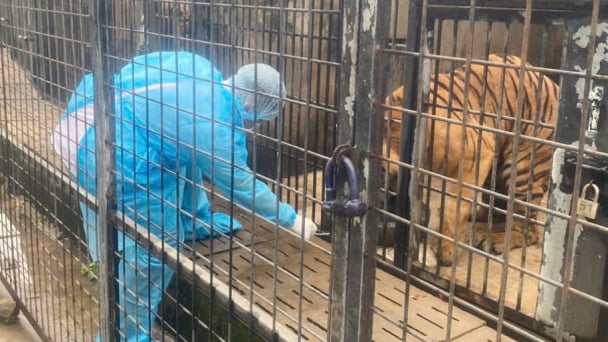
(VAN) The veterinary industry needs to be viewed objectively and further invested in to properly demonstrate its role and importance in the new context.

(VAN) The number of veterinarians graduating each year is not enough to meet actual needs, hence a difficult problem for the growing livestock industry.
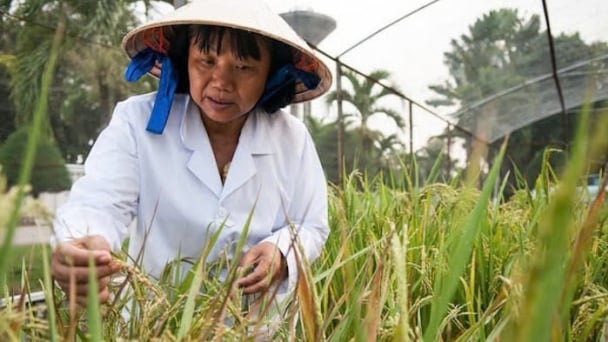
(VAN) The strategic partnership between Cambodia, the Philippines, Vietnam, and CGIAR ensures that innovative solutions effectively address national priorities for food system development.
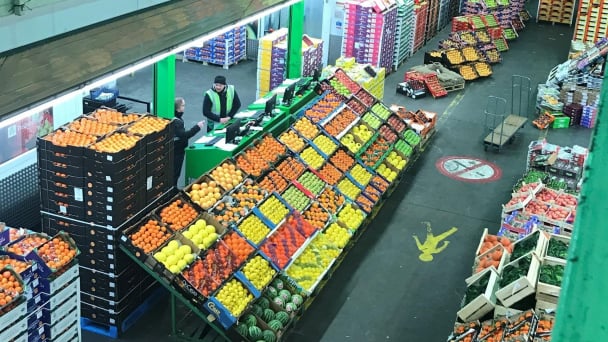
(VAN) This was affirmed by the UK Minister of State at the Department for Environment, Food and Rural Affairs during a working session with Deputy Minister Tran Thanh Nam on May 13.
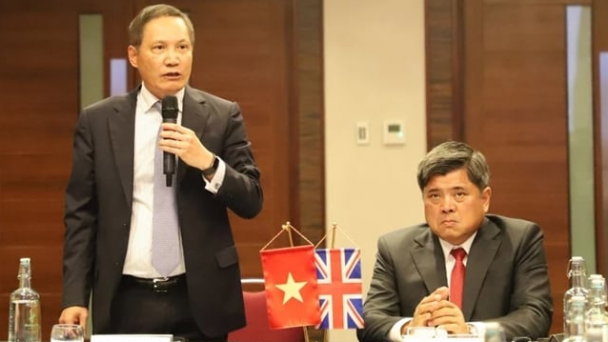
(VAN) On May 13, the Ministry of Agriculture and Environment, in coordination with the Embassy of Vietnam in the United Kingdom, organized a seminar titled 'Connecting trade in Vietnam-UK agricultural, forestry, and fishery products'.
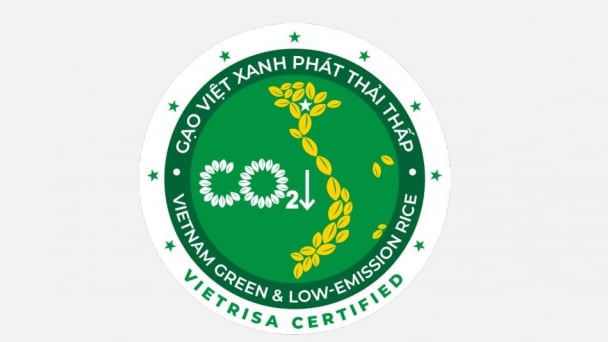
(VAN) The launch of the Vietnam green and low-emission rice brand is a positive signal for both businesses and farmers, marking readiness to reach new heights in the global market.